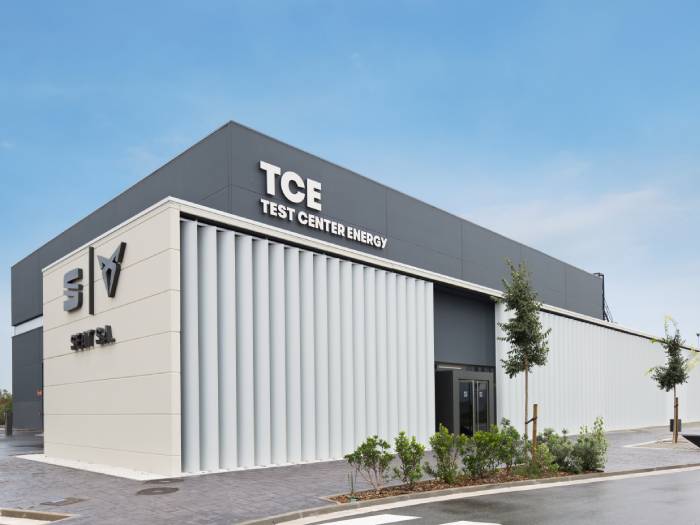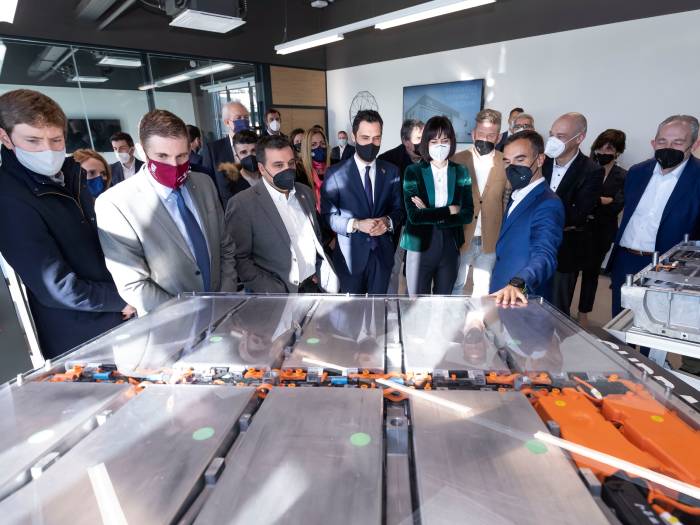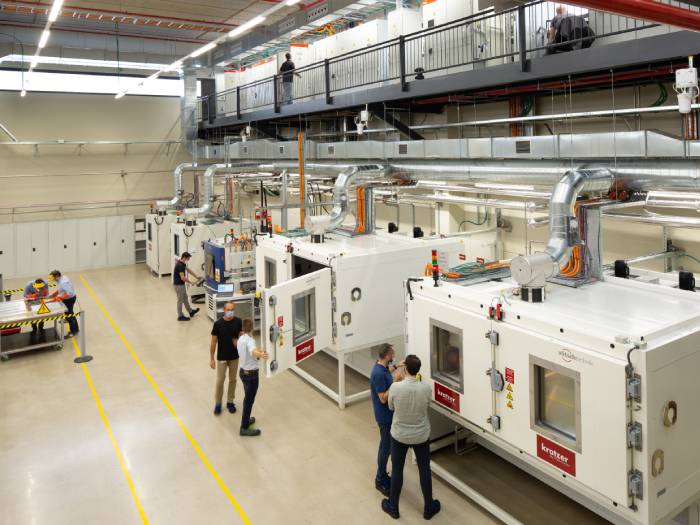Test Center Energy: SEAT's battery hub in Martorell
It is the first battery research and development centre in Southern Europe: SEAT has invested more than 7 million Euros in this facility, which has a surface area of 1,500 square metres and a test capacity of up to 1.3 megawatts.
The SEAT Test Center Energy (TCE) in Martorell, a new research and development centre dedicated to batteries for 100% electric and plug-in hybrid cars, in which the Spanish company has invested more than 7 million Euros, is now officially operational.
It is located at the SEAT Technical Center and will be responsible for developing and testing the performance of energy systems for the CUPRA, SEAT and SEAT MÓ brands as well as other Volkswagen Group brands. The TCE is part of the German Group's global R&D network, and is the first such centre in Europe outside Germany, alongside those in China and the United States.
Electrification and innovation in automotive production

The TCE represents a further step in SEAT's electrification strategy, of which it will become a key element, and is part of the 5 billion investment plan announced by the Spanish company to electrify vehicles and facilities.
More generally, this strategy is part of the Future: Fast Forward plan, through which SEAT S.A., together with the Volkswagen Group, intends to make Spain a leading European hub for electric mobility. The TCE will also become a space for innovation, collaboration, research and training for young people in electric car production.
A breakthrough in electric mobility

“Up to 6,000 different tests per year will be carried out here to validate and guarantee the performance of battery and charging systems. This new state-of-the-art centre will make us a benchmark in development of sustainable electric mobility solutions” explained Werner Tietz, SEAT Vice President with responsibility for R&D.
Furthermore, from 2025, SEAT will also produce electric vehicles at its Martorell plant, with the aim of making them increasingly accessible to users.
A state-of-the-art centre for batteries

The Energy Test Centre was built in just 18 months, has a surface area of 1,500 square metres and employs more than 25 specialists. It includes different spaces for the validation of battery modules using state-of-the-art cell chemistry technology, covering the full range of voltages used in the automotive industry.
The TCE is currently working on batteries for the MEB (100% electric) and MQB (hybrid) platforms, as well as the different types of battery chargers used for all electrified vehicles. The total test capacity of the facility is 1.3 megawatts, which is the equivalent power required by 350 households to have all their electrical devices switched on at the same time, or to charge over 100,000 smartphones simultaneously. Up to 6,000 complete validation analyses of high-voltage system-related functions can be carried out in the TCE per year. The batteries undergo an average of more than 17,500 hours of testing to ensure optimal performance under all circumstances throughout their life cycle.
A multi-purpose and sustainable facility
The TCE also houses a workshop for testing electrified vehicles - up to 8 cars can be tested at a time - especially with regard to the energy system, functional safety and function integration with all the on-board electronics. The high-voltage safety bench can perform up to 1,750 tests per year.
The TCE also includes several climatic chambers to test the batteries under extreme conditions, between -25° and +55°C, thus simulating all the situations a car may encounter during its life cycle. There is also an area dedicated to prototypes and interfaces for test systems. The TCE facility has been certified according to LEED (Leadership in Energy & Environment Design) standards, which accredit it as a sustainable building with minimal environmental impact.
Source: SEAT S.A.
VGI | Responsible OU: VP | Creation date: article date | Class 9.1
